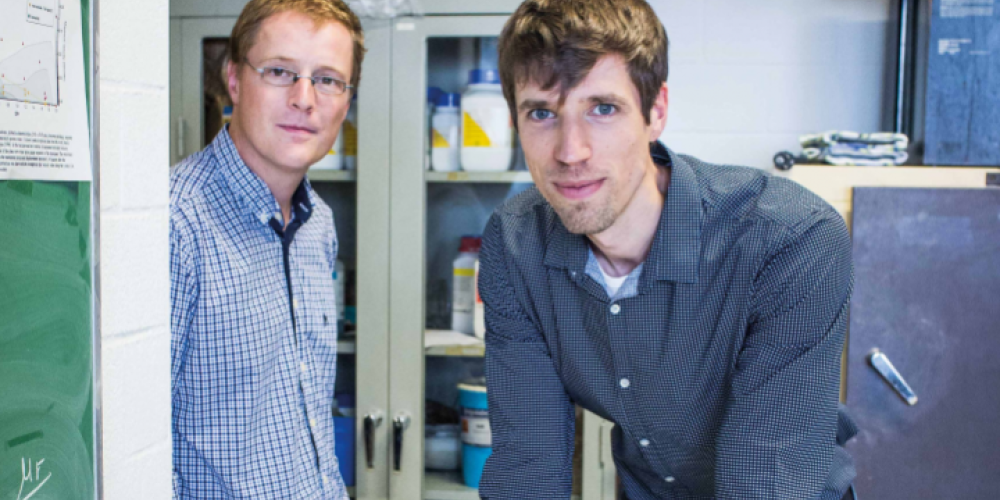
We spoke with two researchers, Professor Matthieu Kervyn and Dr. Tom Van der Stocken, who have incorporated citizen science into their work. Thanks to a VLIR-UOS grant they carried out research in Africa. One is a geographer working with his team of PhD researchers in Uganda; the other a physical geographer and a post-doc in ecology and biodiversity in the biology department, who used similar techniques for his research project in Kenya.
Win-win-win situation
The population growth rate in the already densely populated Rwenzori mountains in Uganda is 3.4%. Inhabitants live in close proximity to the sometimes hostile natural environment. Flash floods, landslides, droughts, earthquakes or pests and diseases commonly occur and affect the local communities.
Professor Kervyn and two of his PhD researchers, Lies Jacobs and Jan Maes, seek to improve their knowledge of these hazards and how they affect the local people in Uganda. The development of natural resources also requires minimizing disaster risk and ensure sustainable livelihoods. Due to sparse roads and steep slopes however, the region is not easily accessible. Professor Kervyn’s team set up a project which enables collaboration with local people, while raising their awareness.
It was vital to increase the environmental awareness of the local communities that also provided valuable partners to collect essential data.
The project also includes working with the Mountains of the Moon University (MMU) who are developing training programmes and evidence-based research capability. Ultimately, this will lead to a win-win-win situation: for the local community, for the academics at MMU, and for Professor Kervyn and his team doing academic research on these hazards.
Local knowledge
Twenty locals were selected to be trained as geo-observers to identify environmental changes and hazards. Equipped with smartphones to collect GPS points, data and pictures, the observers returned to their villages. They supply data to the local university on a weekly basis through a mobile network. Academics at MMU have set up a Geographical Information Systems (GIS) laboratory to analyse these data and given resources to support long-term analyses.
The overall project, which will run for another year and a half, aims to increase the local community’s knowledge on natural hazards through close cooperation with the academics and local authorities.
A methodological challenge
Tom Van der Stocken took a similar approach in Gazi, in Kenya. His research focussed on mangroves, ecosystems which are of great socio-economic-ecological importance. Mangroves are home to various forms of marine life and important for wood production as well as protection against coastal hazards such as erosion and storm surges. Part of his research involved citizen science by working with Hamisi, a local fisherman who provided help as a field assistant and carried out measurements.
Part of the research was to investigate the dispersal capacity of propagules (i.e. seeds, fruits, etc.) across ever greater distances: locally within the forest, but also beyond the reef and across oceans. Previous work had looked at genetic and geographical distance but not long distance across oceans, as this is methodologically challenging due to the scale involved. But Tom and his promoter, Professor Nico Koedam saw an opportunity to tackle this with Hamisi’s help.
The methodology used shows you can be creative in data collection by involving local communities
Hamisi and the fishermen to the rescue
Hamisi, along with some fellow fishermen, conducted measurements when they were out at sea. With each catch, they’d potentially collect mangrove propagules. They would count the different propagule types and track where they were found. Two years of data collection provided Tom with information on the dispersal capacity of different mangrove species.
Hamisi was ambitious and used the money to go to university, where he got a degree in aquaculture and fisheries management. Nowadays he works as a laboratory technician at the Kenya Marine & Fisheries Research Institute.
The two examples show how citizen science not only connects people, communities and science. They also demonstrate how citizen science is important in development work to balance out a lack of available technology and expensive scientific equipment, which is not always there locally. The work outlined here also shows how involving local people in field research can change individuals’ day-to-day lives and futures.